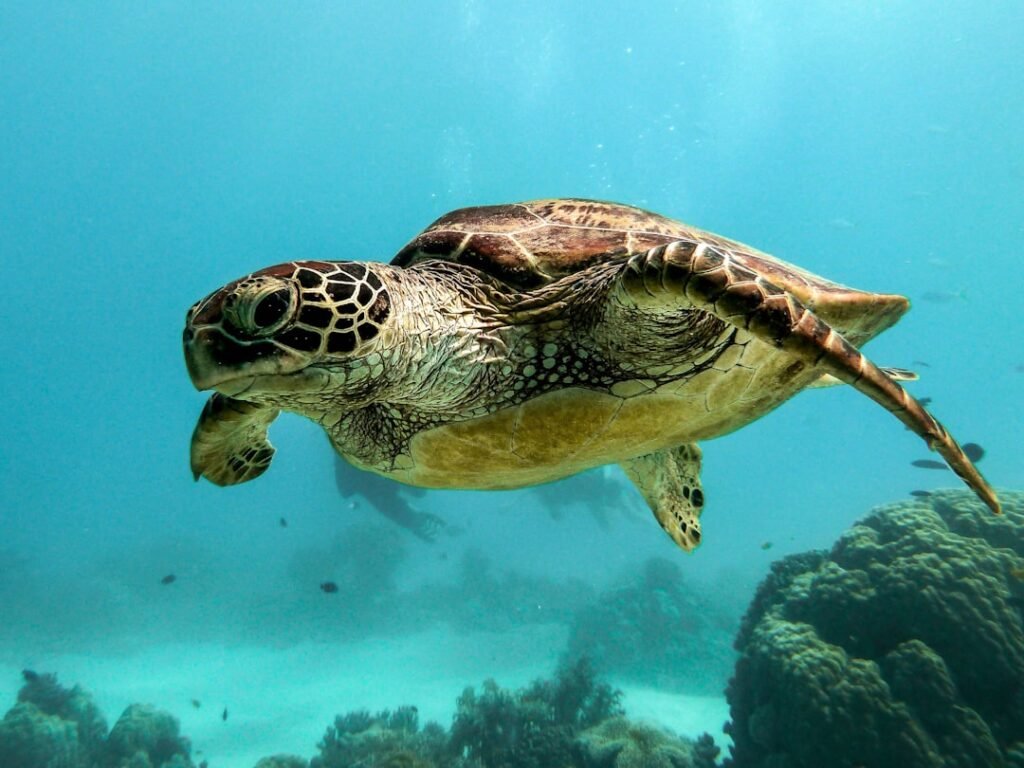Here’s a playful twist with a purpose: matching zodiac signs to marine animals to bring the ocean’s hidden dramas into sharper focus. It’s not science to say the stars decide our spirit creature, but it’s a useful doorway into real behaviors, real threats, and real wonders below the waves. As a field reporter who once locked eyes with a speedy sea lion during a foggy dawn survey, I’ve learned that stories open the door and facts keep you inside. So consider this a guided dive, where personality cues meet ocean truth, and curiosity is the compass. Along the way, you’ll pick up the kind of details that make the sea feel closer, stranger, and worth fighting for.
Aries – The Shortfin Mako Shark
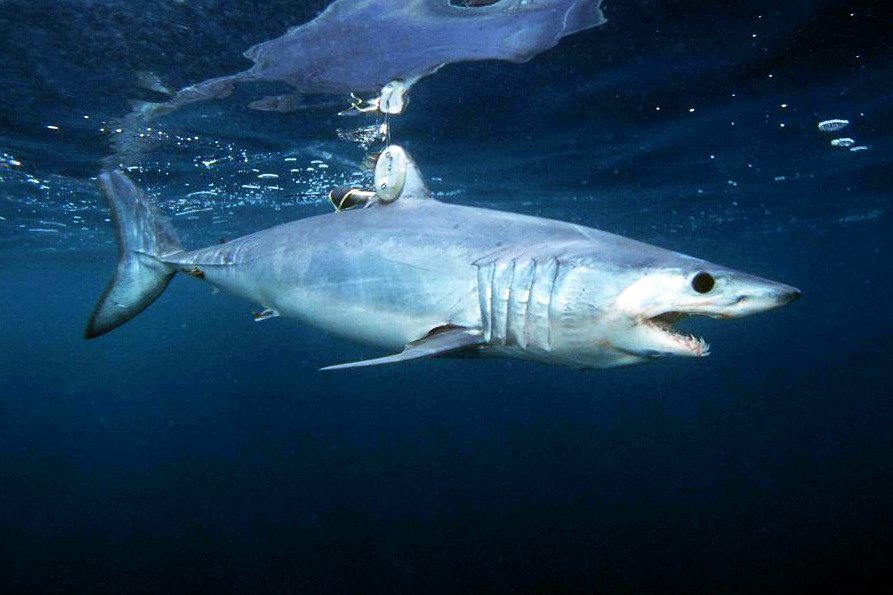
What if your zodiac sign could swim – with teeth and turbo speed? Aries energy matches the shortfin mako, a warm‑bodied sprinter known for blistering bursts and boundary‑pushing migrations.
Makos are among the fastest sharks documented, built like a hydrodynamic arrow with stiff tail beats and heat‑retaining muscles. That internal warmth gives them a metabolic edge in cool water, a little like a runner carrying their own furnace. They crisscross ocean basins, tracking seasonal prey with a confidence that feels very Aries. Bold, beautiful, and constantly moving, they remind us that speed can be a survival strategy when used with precision.
Taurus – The Manatee
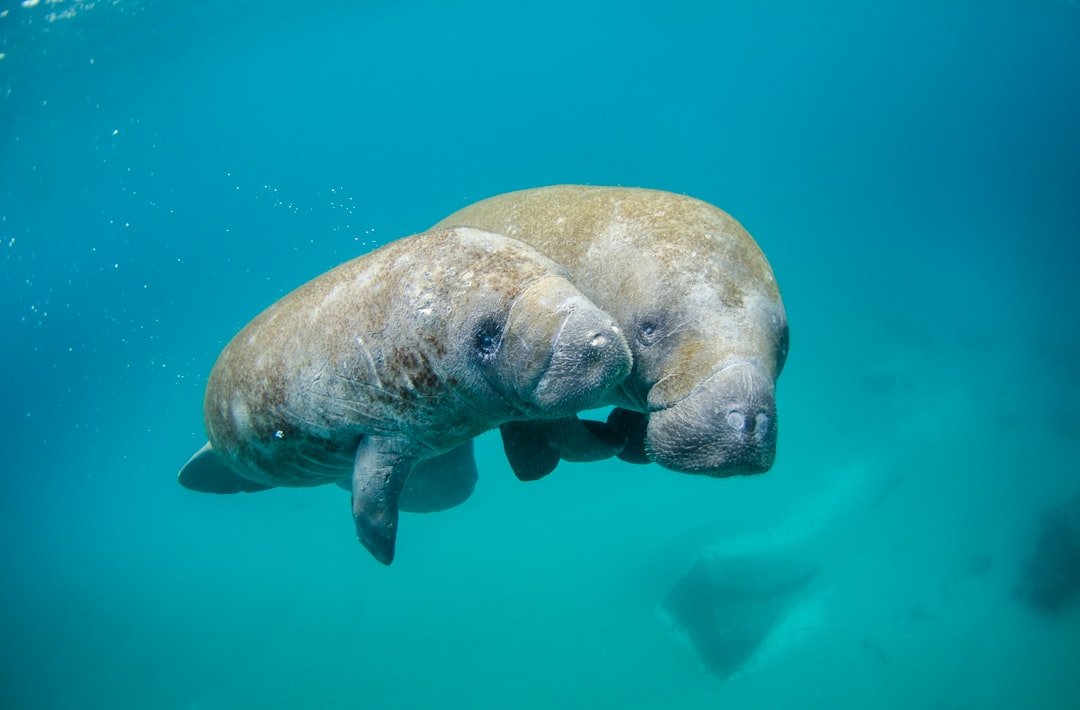
Taurus is steady, grounded, and quietly stubborn, and the manatee is the ocean’s gentle anchor. These herbivores graze for hours, trimming seagrass meadows the way a careful gardener shapes a backyard patch.
Slow isn’t simple for a manatee; slow is strategy, conserving energy in warm shallows while avoiding unnecessary drama. With few natural predators, their real risks are human – boat strikes and habitat loss where freshwater mixes with the sea. They’re living reminders that patience can sculpt entire ecosystems, one careful bite at a time. Sturdy hearts, soft noses, and a very Taurus love of comfort define their days.
Gemini – The Bottlenose Dolphin
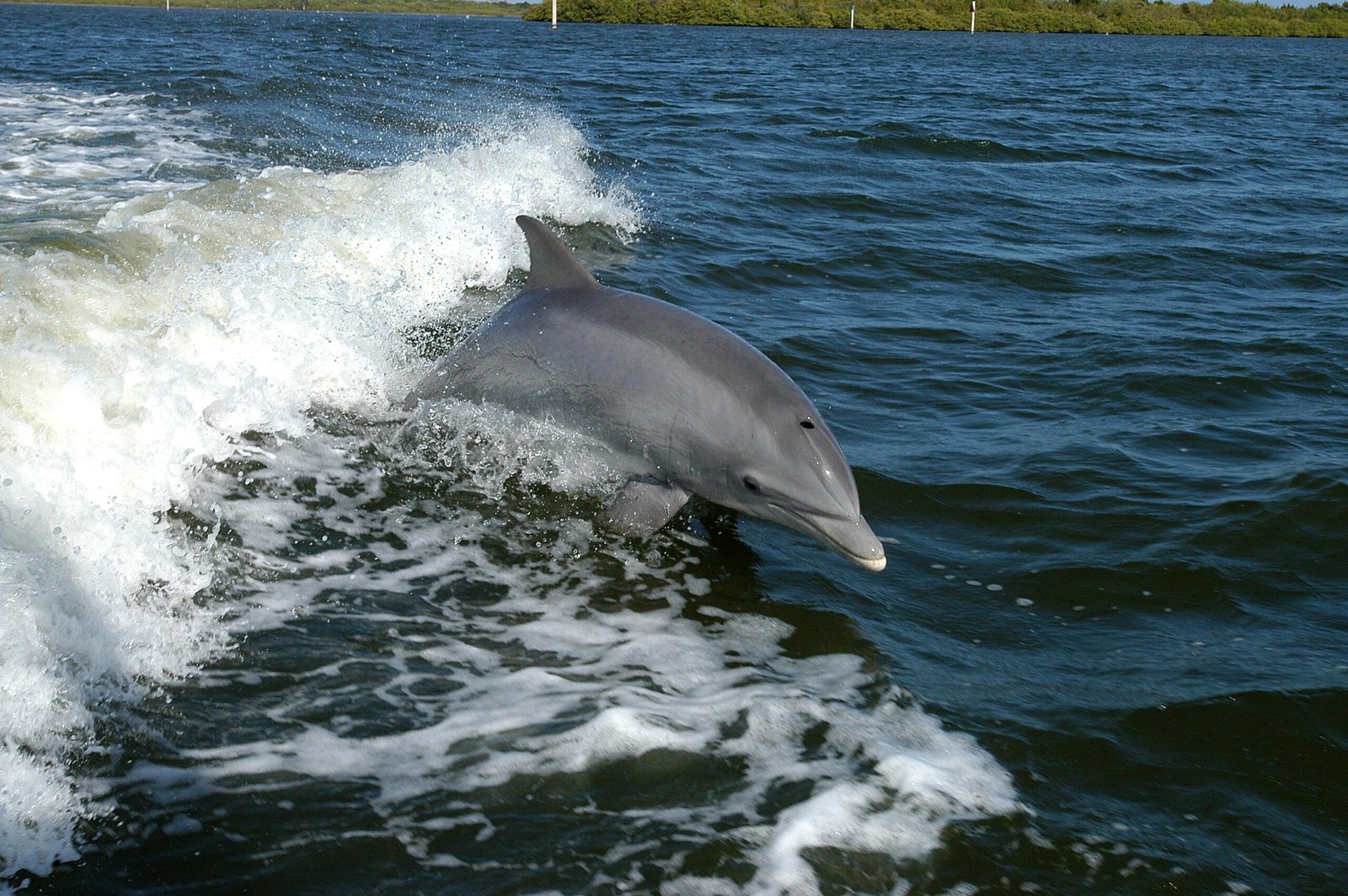
Gemini thrives on connection, and bottlenose dolphins speak in whistles, clicks, and touch – an aquatic social network humming through blue water. They change tactics like a quick conversation, shifting from cooperative hunts to playful surf rides.
In some bays, dolphins carry sea sponges on their beaks to protect against sharp rocks while foraging, a clever tool passed through family lines. That blend of culture and curiosity looks a lot like Gemini’s restless mind. They learn, adapt, and teach, braiding knowledge into daily life until it feels like personality. If multitasking had fins, it would leap right beside a dolphin’s arc.
Cancer – The Blue Crab
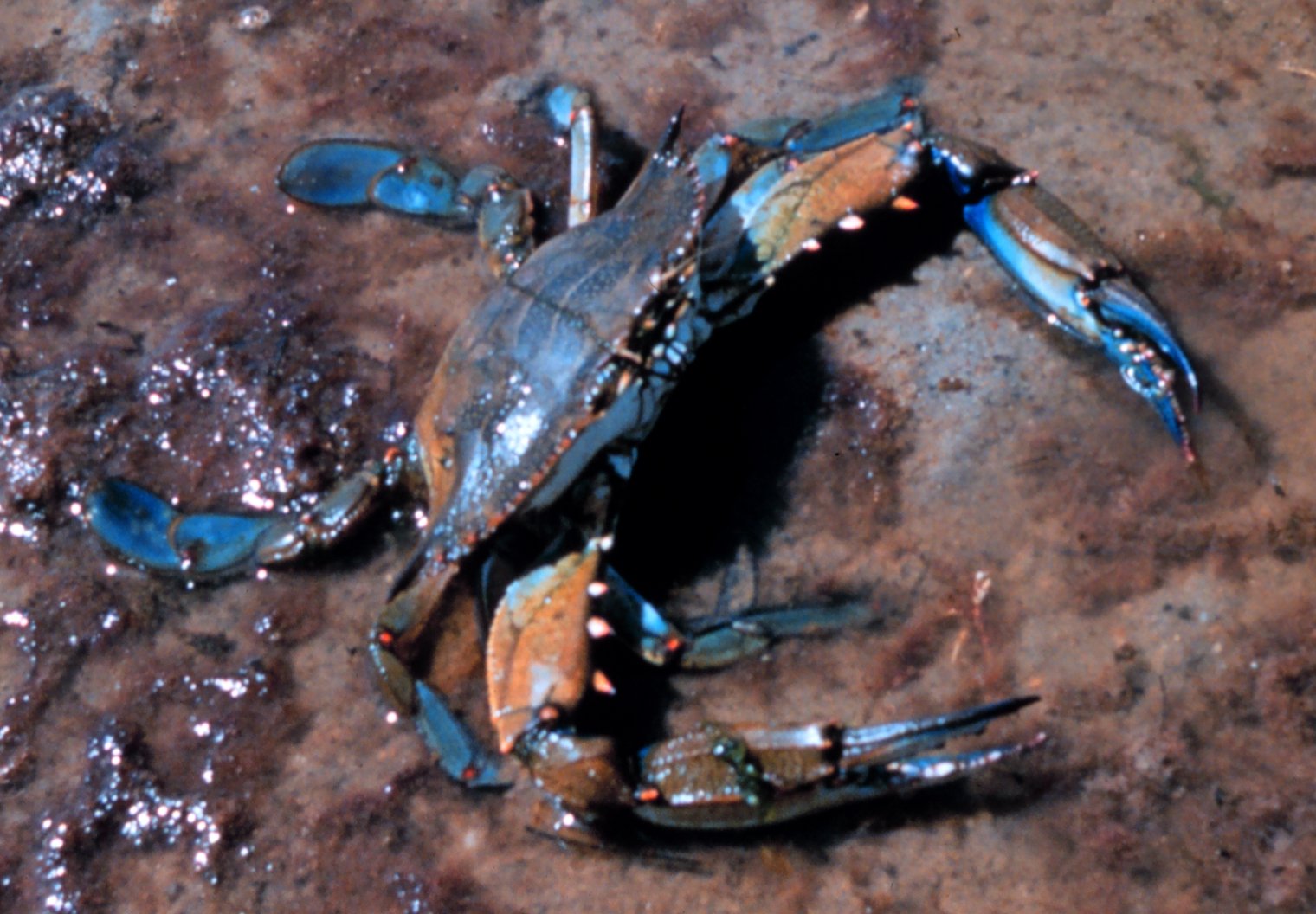
Cancer is protective and resourceful, which suits the blue crab perfectly – hard on the outside, surprisingly delicate within. These swift sideways runners clasp, dig, and defend using claws that can pivot from warning to work in an instant.
Blue crabs migrate with the seasons, females often moving to saltier waters to release their broods into drifting nursery currents. They are ecosystem connectors, scavenging and hunting, stitching energy from marsh to bay. Molting makes them briefly vulnerable, a reminder that growth requires shedding armor. Beneath the shell, Cancer’s soft center beats steadily on.
Leo – The California Sea Lion
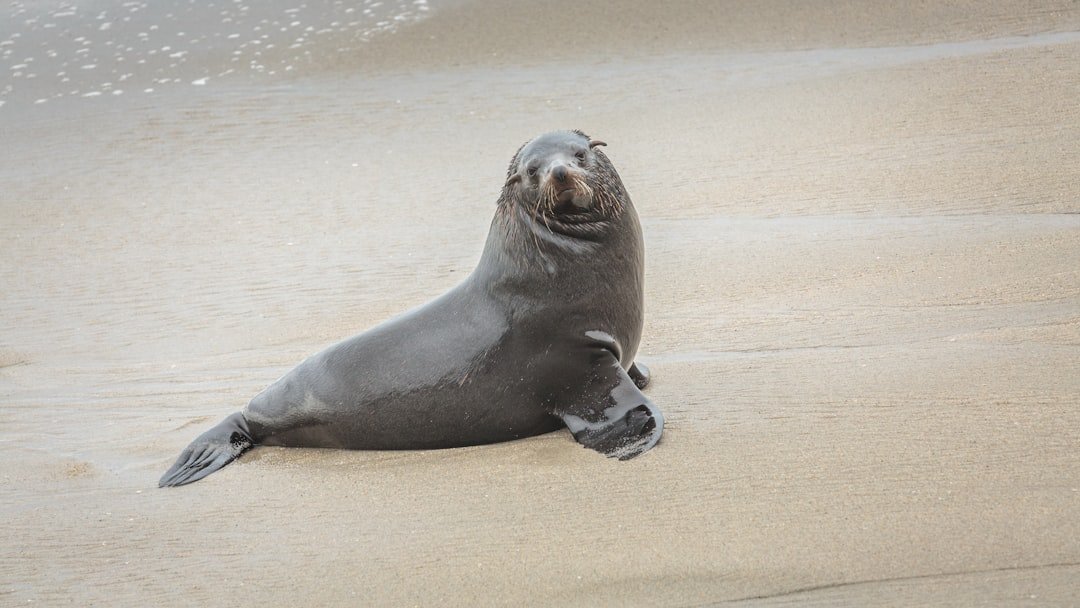
Leo loves a spotlight, and California sea lions make whole coastlines their stage. Between rookeries and piers, they bark, posture, and splash with an improviser’s flair.
But they’re not just scene‑stealers – they’re shrewd foragers that dive after schooling fish and squid with athletic precision. Males defend territories during breeding season, a drama of stamina and showmanship written on basalt rocks and Pacific swells. Even their whiskers are high‑performance sensors, detecting water trails left by slipping prey. The applause, in this case, is the bright silver flash of a meal earned.
Virgo – The Cleaner Shrimp
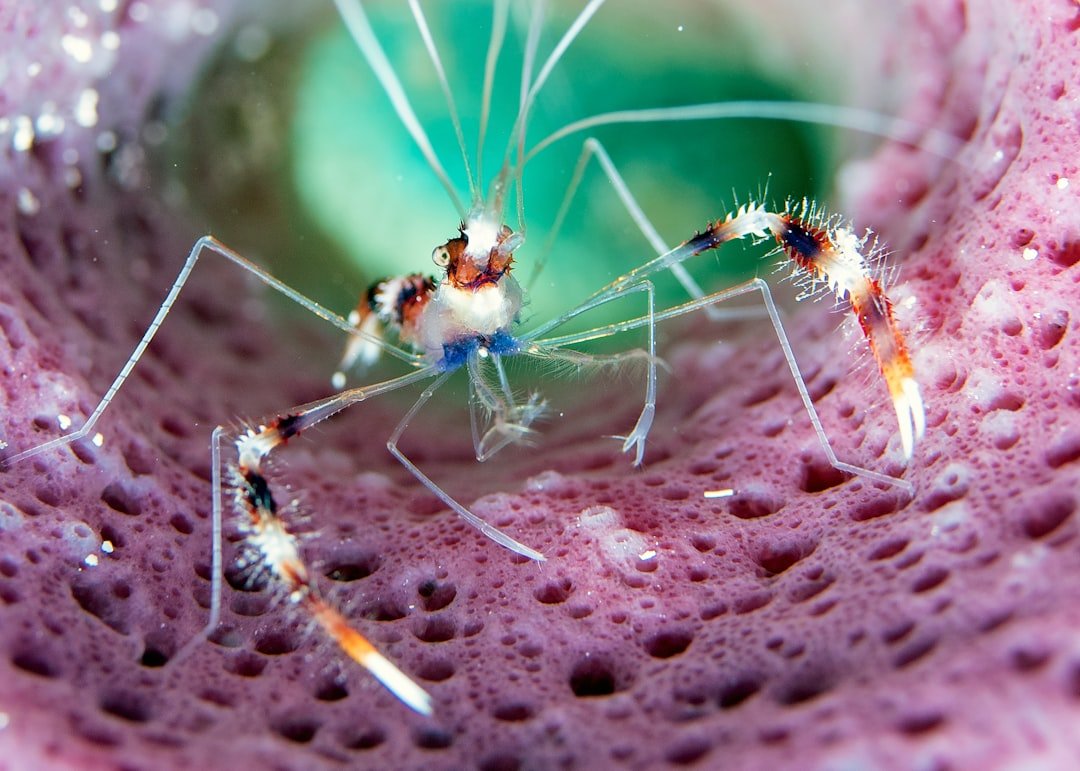
Virgo notices what others miss, and cleaner shrimp turn that trait into a livelihood. At coral “salons,” they wave white antennae like tiny flags, inviting bigger fish to pause for a parasite check‑up.
This is precision medicine in miniature: they pluck gill flukes, dead tissue, and hitchhiking crusts with almost surgical focus. Clients return, health improves, and reefs hum a little smoother. The ritual has rules, order, and measurable benefits – Virgo’s happy place. It’s proof that small acts, repeated daily, build resilient communities.
Libra – The Reef Manta Ray
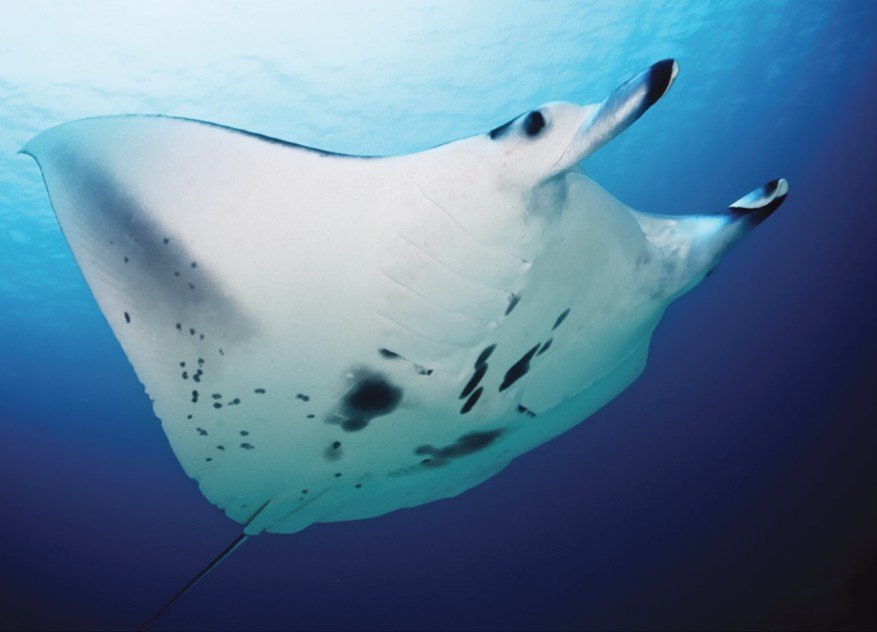
Libra craves balance and grace, and reef manta rays make balance look effortless. They glide on wingspans reaching up to 5.5 meters through plankton blooms, tracing slow loops that seem choreographed.
Mantas gather at cleaning stations, trading stillness for care while cleaner fish tidy their skin and gills. With some of the largest brains among fishes relative to body size, they display a curiosity that feels like quiet intelligence. Their movements sketch symmetry in water, a living equation of lift and flow. When they bank into sunlight, the ocean itself appears to exhale.
Scorpio – The Scorpionfish
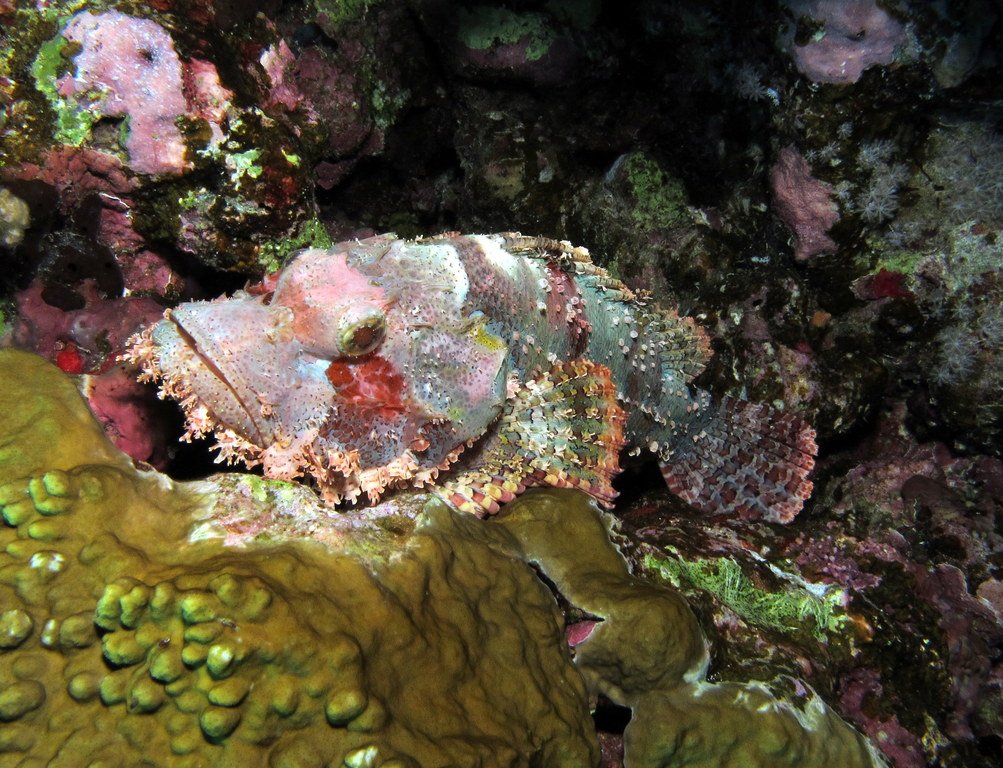
Scorpio is intensity contained, and the scorpionfish is a master of stillness with a secret. Camouflaged against coral or rock, it waits for a heartbeat‑long chance to inhale prey in a sudden vacuum.
Venomous spines line its back, a warning system hidden under leaf‑like fins and dusky patterns. This isn’t mindless danger; it’s targeted defense paired with surgical strikes. In reefs, patience earns more meals than flashy chases, and scorpionfish wrote that rule. Their power lies in restraint, which feels very Scorpio.
Sagittarius – The Leatherback Sea Turtle
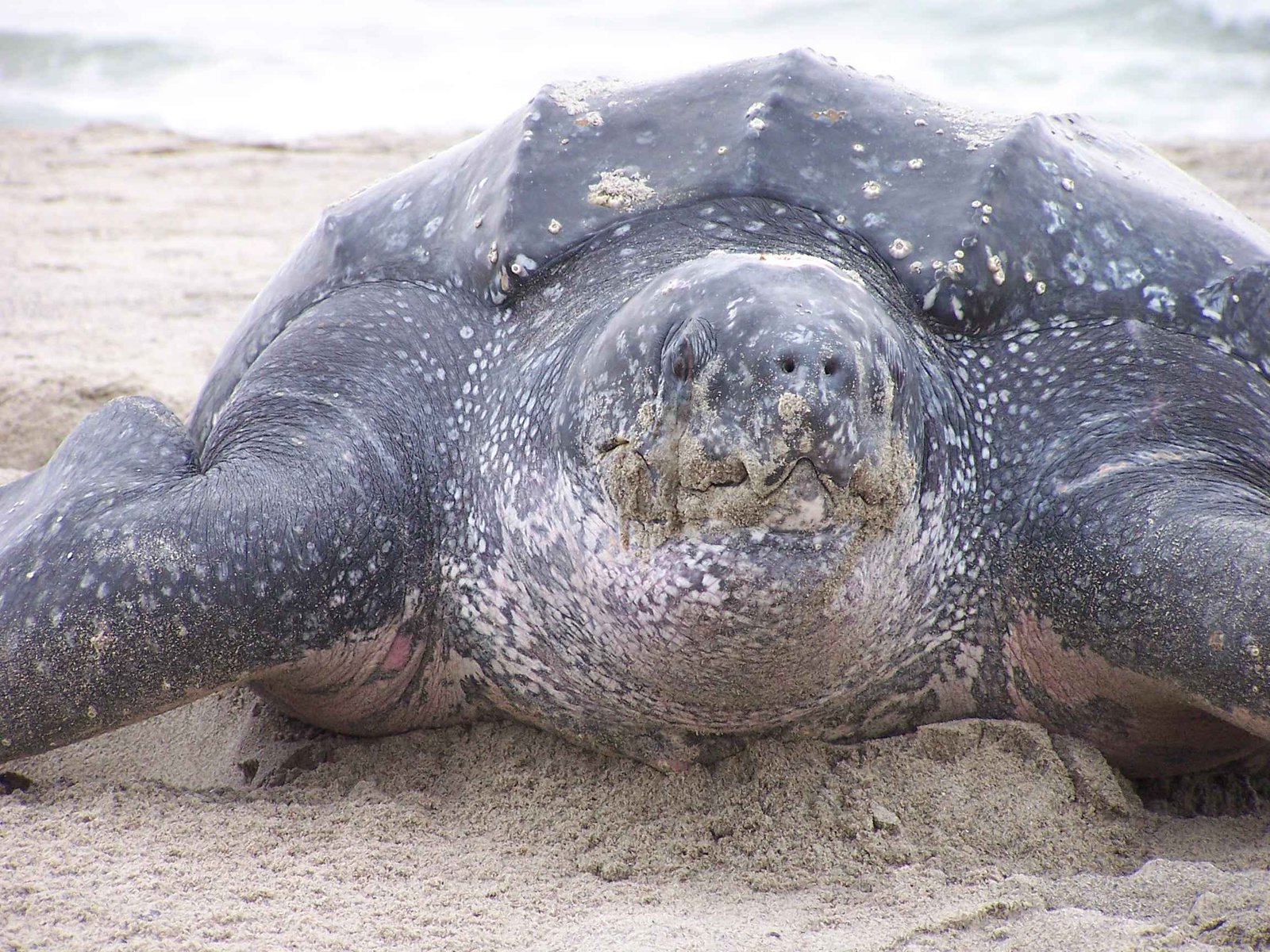
Sagittarius aims far, and leatherback turtles cross oceans like marathoners tracing invisible roads. They ride currents between tropical nesting beaches and temperate feeding grounds, always chasing gelatinous prey.
Leatherbacks can dive deeper than most reptiles, with flexible shells and heat‑retaining tissues that blunt the chill. They are living paradoxes – soft‑shelled giants, delicate eaters of drifting jellies, unstoppable travelers. Migrations span thousands of miles, proof that navigation can be a birthright. Wanderlust, meet a beating heart the size of a drum.
Capricorn – The Orca
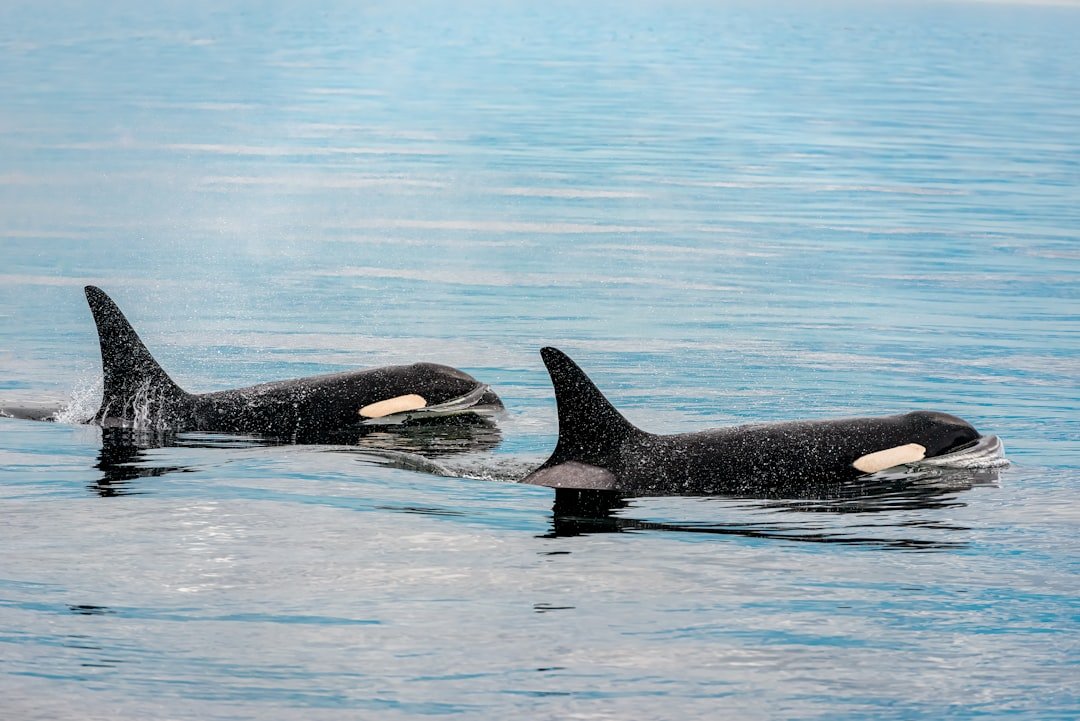
Capricorn respects structure, and orcas run on culture as much as muscle. Family pods pass down dialects and hunting styles like heirlooms, refining tactics over generations.
Some specialize in fish, others in marine mammals, and each strategy demands discipline and coordination. This is mastery through practice, not just power, which rings true for Capricorn’s steady climb. Their black‑and‑white contrast is fitting: clear lines, clear roles, clear results. When an orca pod moves, the sea seems to fall into formation.
Aquarius – The Octopus
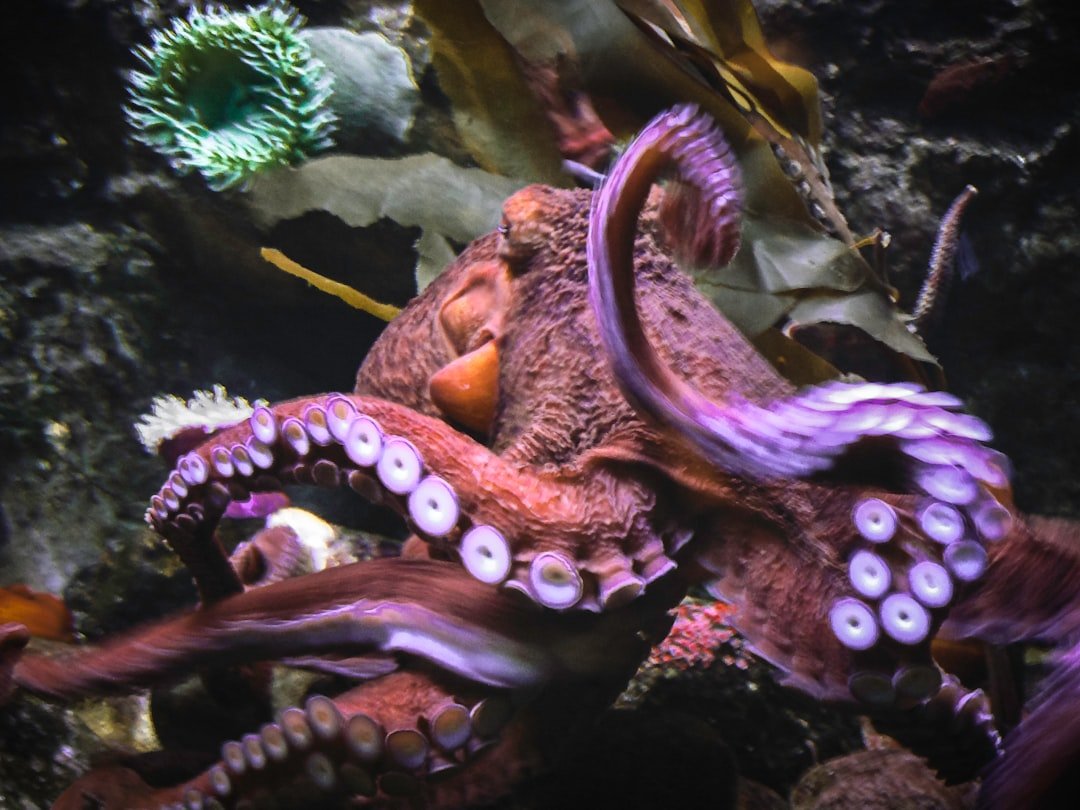
Aquarius is the innovator, and the octopus rewrites the rulebook with eight arms and three hearts. It calculates in color and texture, shifting skin with cascades of pigment to vanish in plain sight.
Tool use pops up in surprising places, from stacked coconut shells to pebble barricades at den mouths. Neurons extend into the arms, giving each limb a dash of independence – a distributed mind for a distributed thinker. Short lives concentrate their brilliance into tight, inventive arcs. If rebellion had suction cups, it would leave rings on a jar lid.
Pisces – The Seahorse
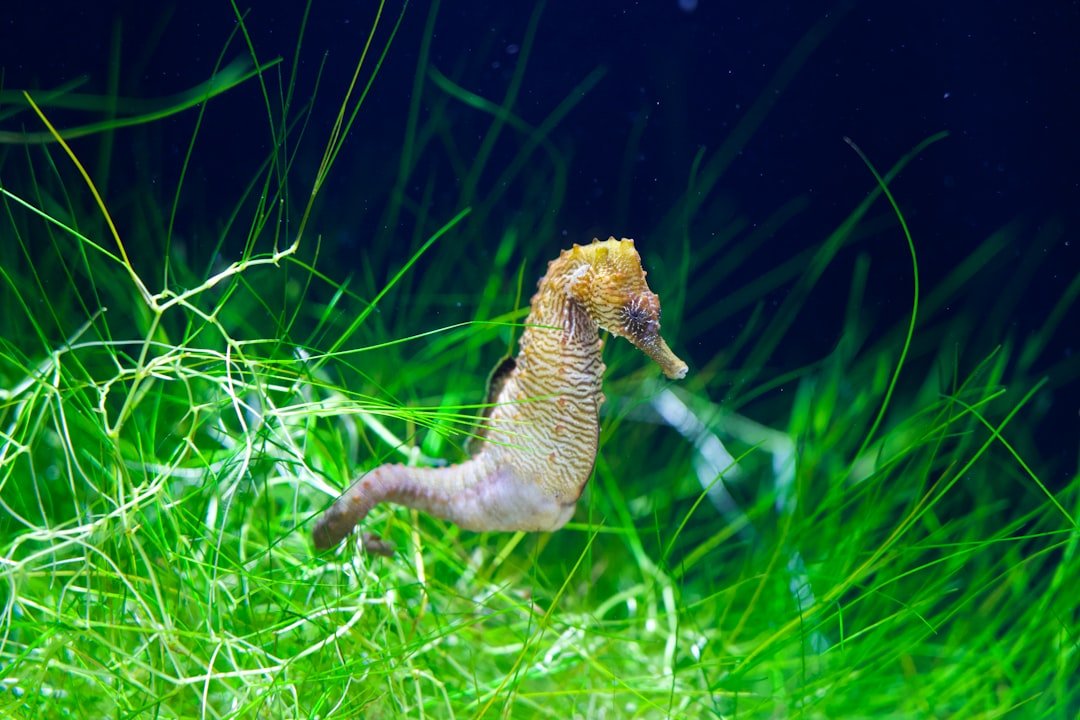
Pisces feels deeply, and seahorses live delicate lives anchored to swaying grasses. They swim upright, tails curled like punctuation marks in a drifting sentence.
Male pregnancy flips the script: fathers brood eggs in a pouch while mothers supply them. Camouflage keeps them safe, but it also makes them ghosts when habitats vanish. They rely on healthy seagrass and calm water, a reminder that tenderness needs a sturdy home. Dreamy doesn’t mean fragile – just quietly exacting about the conditions required to thrive.
The Hidden Clues: Why This Matters
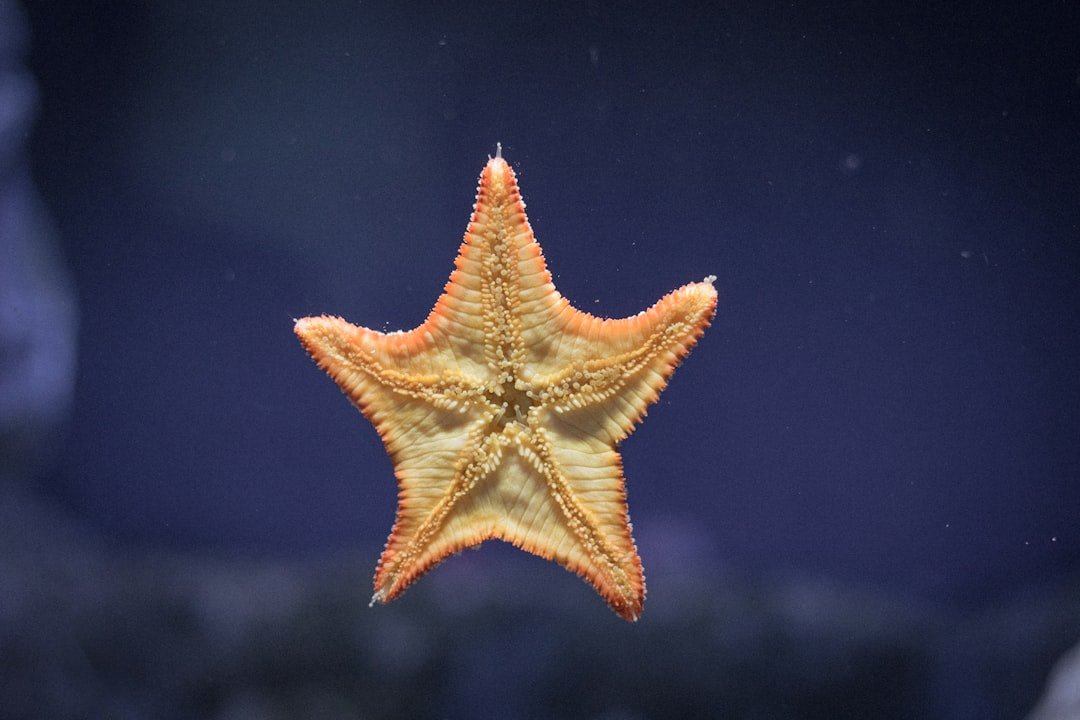
Pairing star signs with sea life is a narrative bridge, not a hypothesis to test, and that distinction matters. The bridge works because personality words lodge in memory while raw data often slides off like rain from a slicker.
When you remember that Virgo favors order, you also remember that cleaner shrimp keep reefs healthier. Tie Sagittarius to a leatherback, and migration suddenly becomes a story with a protagonist. Compared with listing Latin names and ranges, this method plants facts where curiosity can water them. It’s a small hack for a crowded attention economy, and the ocean can use every hack it can get.
From Ancient Symbols to Modern Science
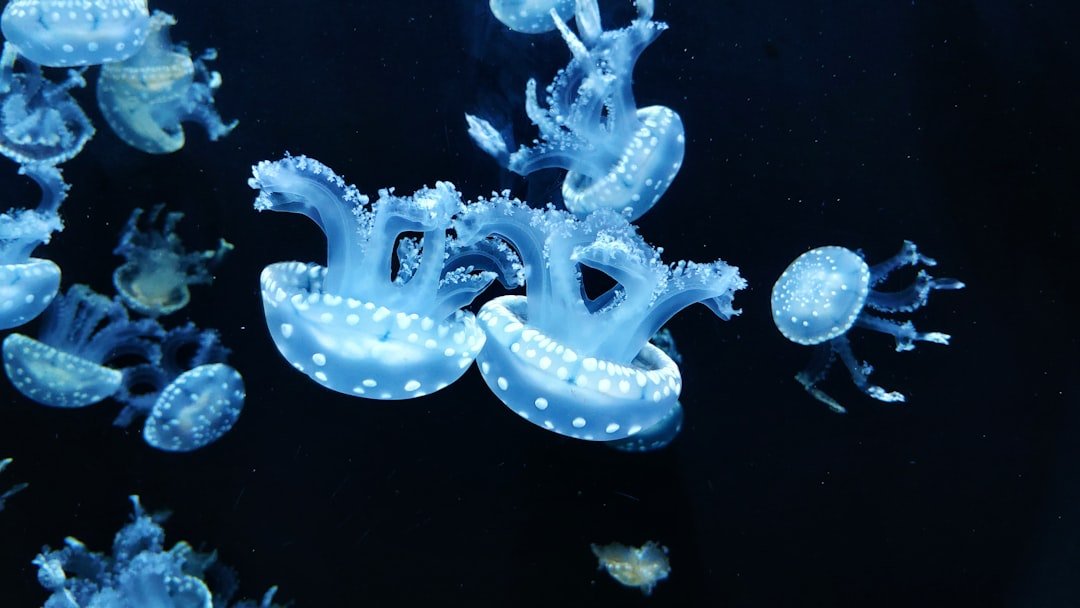
Astrology gave us constellations as navigational myths; biology gives us animals with measurable behaviors. Where the zodiac sketches archetypes, marine science adds telemetry tags, dive profiles, and dietary chemistry.
Think of it as overlaying maps: one cultural, one empirical. The overlap is where outreach lives, translating satellite tracks and pH curves into scenes that feel human. We’re not replacing peer‑reviewed methods; we’re offering on‑ramps to them. And once someone cares, the data finally has a place to land.
The Future Landscape: Tech, Threats, and Opportunities
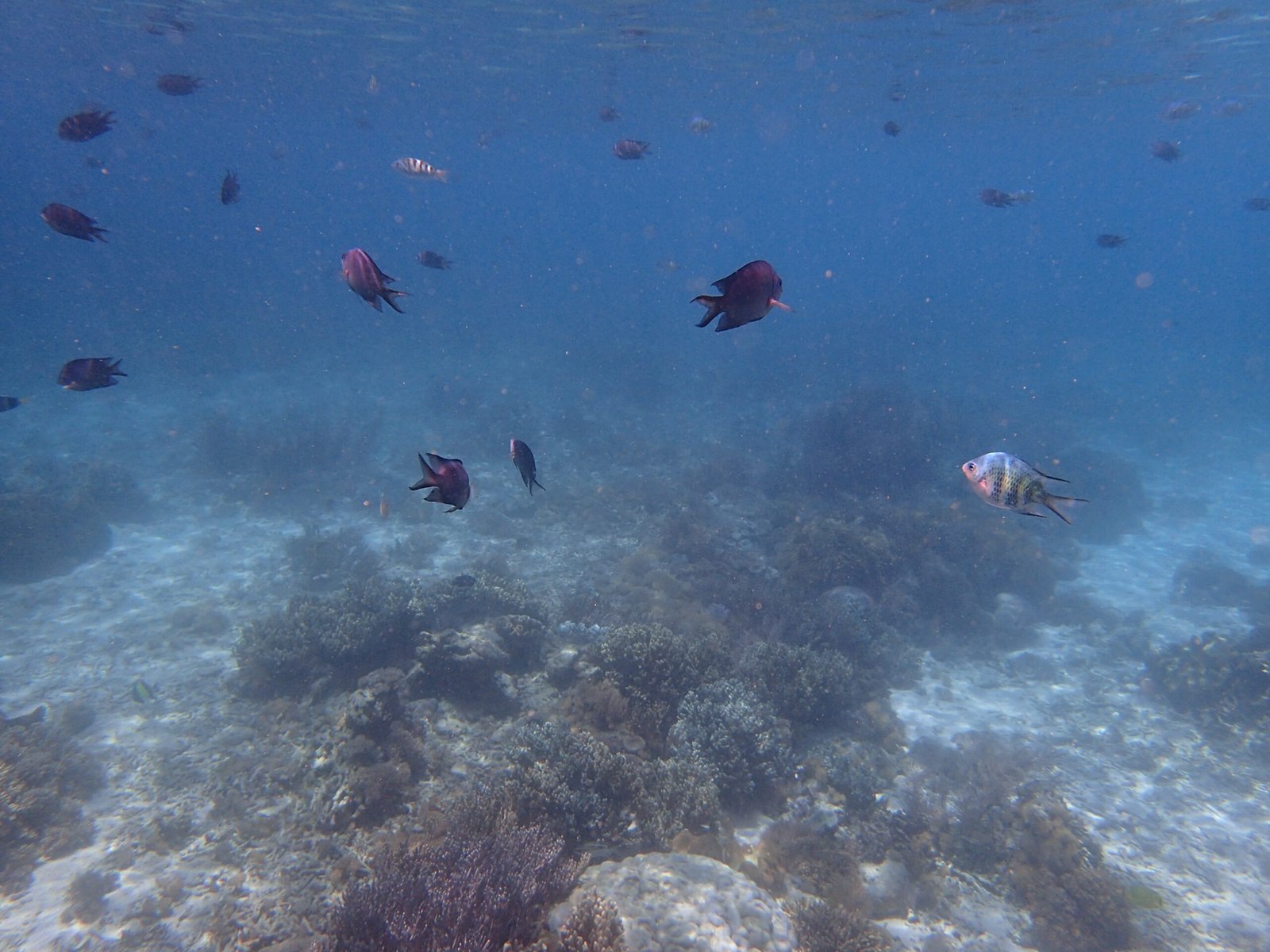
New biologging tags are shrinking, lasting longer, and stitching together 3‑D dive stories for species from makos to mantas. Environmental DNA is turning a bottle of seawater into a roll call, catching rare visitors that cameras miss.
But climate‑warmed currents are redrawing ancient routes, while noise and plastic clutter the water column. Effective marine protected areas, smarter shipping lanes, and habitat restoration can tip the balance toward survival. The next decade will test our ability to scale what works and retire what doesn’t. If the ocean is a library, tech will help us read faster – but only policy will keep the lights on.
What You Can Do
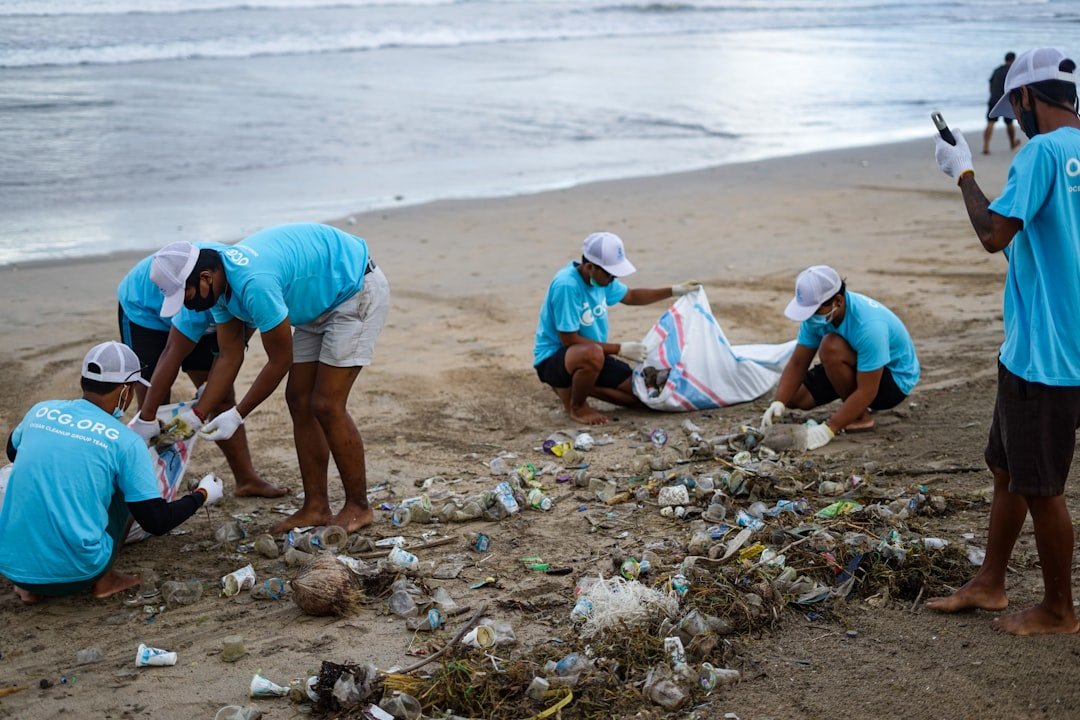
Start local: reduce single‑use plastics, support seagrass and wetland projects, and vote for coastal resilience plans. If you boat, slow down in manatee zones and give wildlife the wide berth you’d want on a busy sidewalk.
Choose seafood with sustainability guides in mind, and favor tourism operators who respect distance rules. Citizen science counts too – beach cleanups, biodiversity apps, and tide‑pool surveys feed real datasets. Curiosity is contagious, so share the story that stuck with you today. That’s how small ripples become a current.
Conclusion
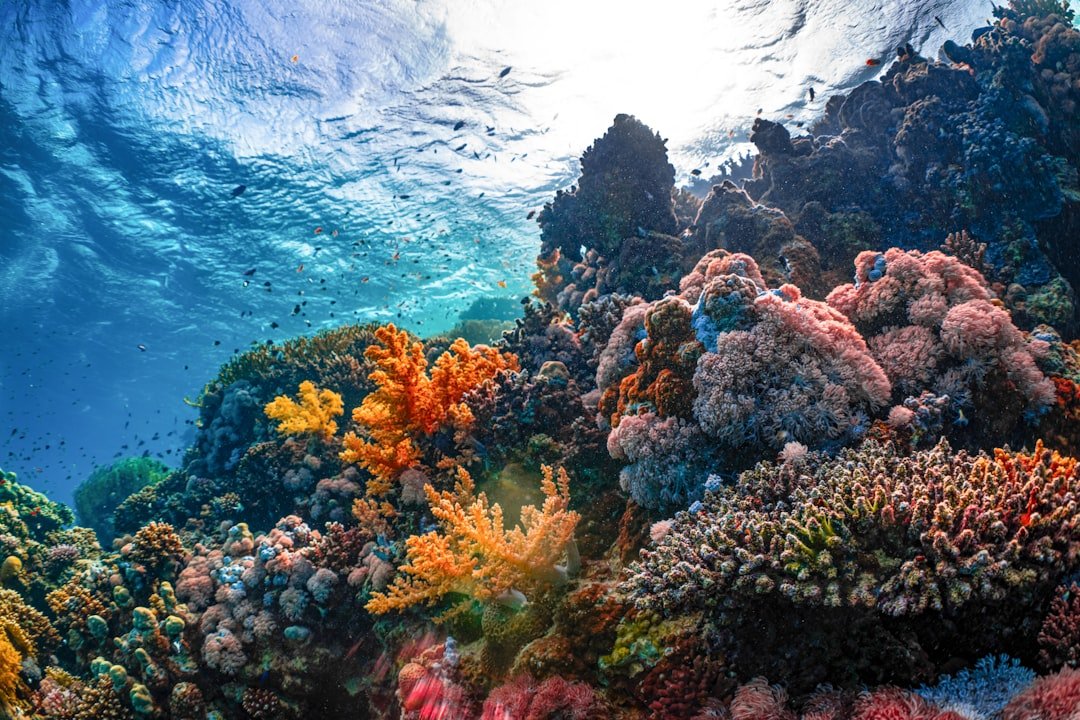
Maybe you found your sign in a fin, a claw, or a coil of tail. Maybe it was just a nudge to look longer at a creature you’d usually pass in a paragraph.
I’m fine with either outcome, because the ocean doesn’t care which door we use – only that we enter and stay awhile. Keep the metaphor, keep the facts, and let them reinforce each other like a reef built polyp by polyp. The sea is not silent; it’s waiting for better listeners. Which animal will you hear first?

Suhail Ahmed is a passionate digital professional and nature enthusiast with over 8 years of experience in content strategy, SEO, web development, and digital operations. Alongside his freelance journey, Suhail actively contributes to nature and wildlife platforms like Discover Wildlife, where he channels his curiosity for the planet into engaging, educational storytelling.
With a strong background in managing digital ecosystems — from ecommerce stores and WordPress websites to social media and automation — Suhail merges technical precision with creative insight. His content reflects a rare balance: SEO-friendly yet deeply human, data-informed yet emotionally resonant.
Driven by a love for discovery and storytelling, Suhail believes in using digital platforms to amplify causes that matter — especially those protecting Earth’s biodiversity and inspiring sustainable living. Whether he’s managing online projects or crafting wildlife content, his goal remains the same: to inform, inspire, and leave a positive digital footprint.

